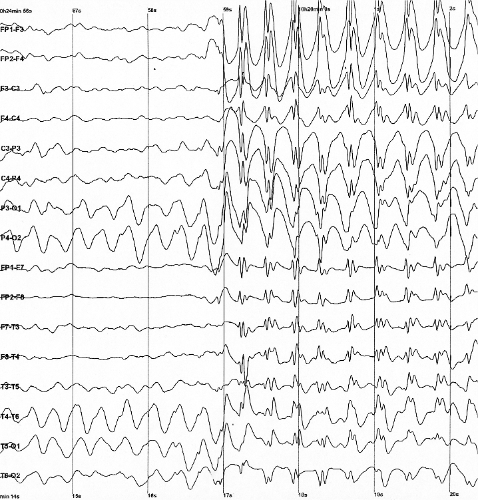Seizure

The following list contains a more comprehensive set of symptoms:
- Losing consciousness and then exhibiting confusion afterwards.
- Having uncontrollable muscle spasms which often result in falling.
- Drooling or frothing at the mouth.
- Jaw clenching and tongue biting.
- Having sudden, rapid eye movements.
- Making unusual noises, such as grunting.
- Losing control of bladder or bowel function.
The disease of the brain characterized by an enduring predisposition to generate epileptic seizures is known as epilepsy, [1] [2] but seizures can also occur in people who do not have epilepsy. Depending on the cause, epilepsy is generally treated with anticonvulsant drugs such as diazepam and pregabalin.
Seizures are most commonly induced under the influence of withdrawals from prolonged chronic benzodiazepine or alcohol usage. However, they can also occur under the influence of moderate dosages of stimulants, certain opioids, synthetic cannabinoids, and the 25x-NBOMe series of psychedelics.
References
- [1][2] Epileptic seizures and epilepsy: definitions proposed by the International League Against Epilepsy (ILAE) and the International Bureau for Epilepsy (IBE) (PubMed.gov / NCBI) | http://www.ncbi.nlm.nih.gov/pubmed/15816939
- [1][2] ILAE official report: a practical clinical definition of epilepsy (PubMed.gov / NCBI) | http://www.ncbi.nlm.nih.gov/pubmed/24730690